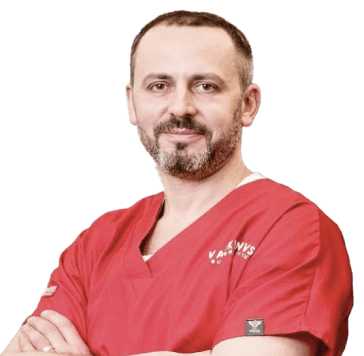

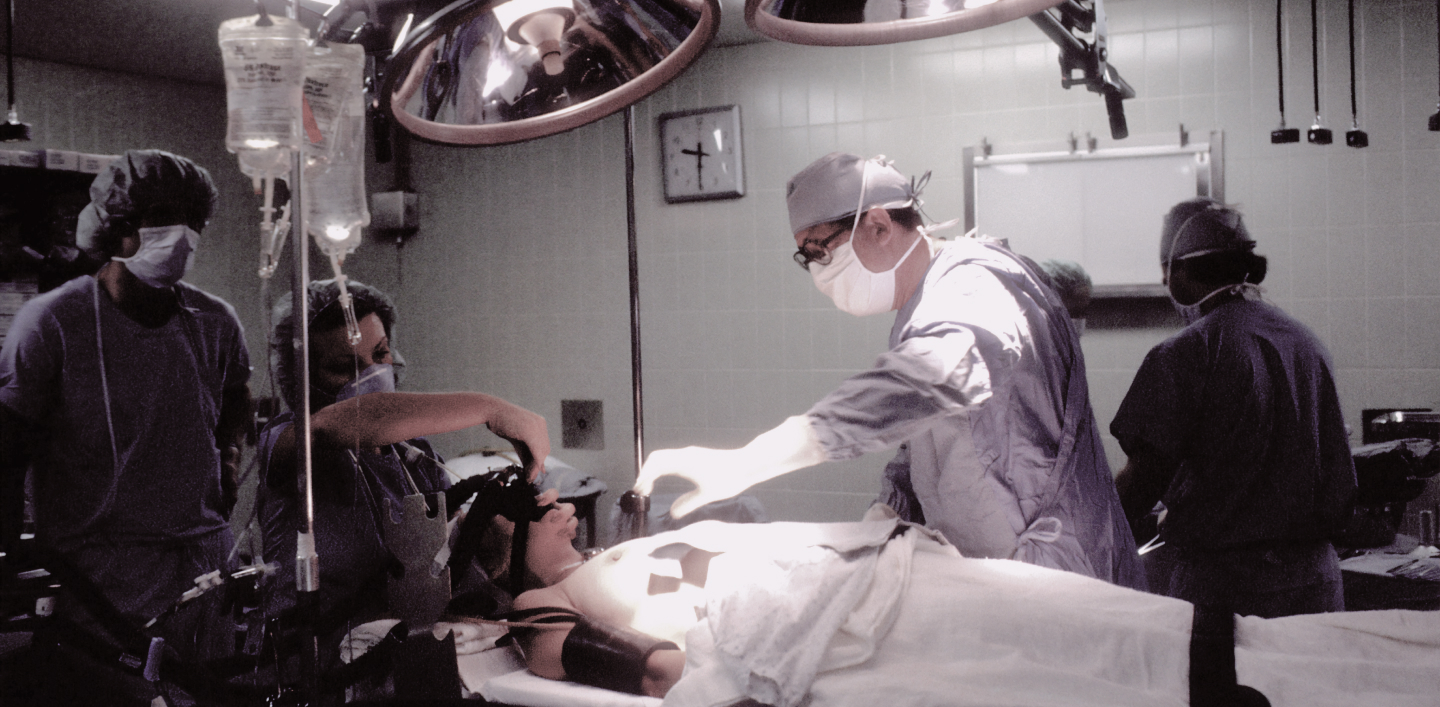

Surgery of gunshot injuries is a branch of clinical medicine that deals with the surgical care to victims of hostilities.
The Valikhnovski Surgery Institute in Kyiv, as a top medical institution in Ukraine, which provides highly specialized surgical care, performs a wide range of surgical interventions.




Combined injuries
Gunshot injuries:
- bullet injuries
- shrapnel injuries
- mine-explosive injuries
- explosive injuries
Non-gunshot injuries:
- mechanical injuries
- fire injuries
Damage by impressive factors:
- thermal
- chemical
- radiation

If necessary, the doctors consult people not only in Ukraine, but also in any country in the world, both in the clinic itself in Kyiv and online by prior appointment.
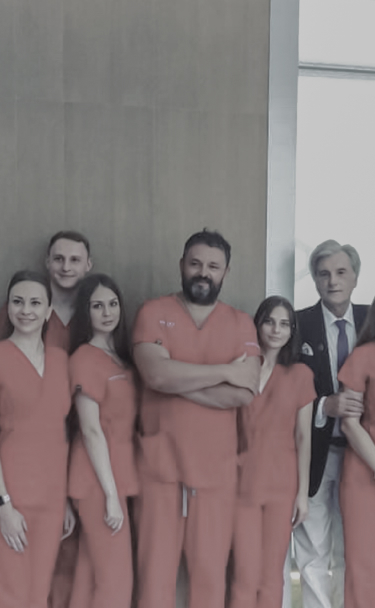
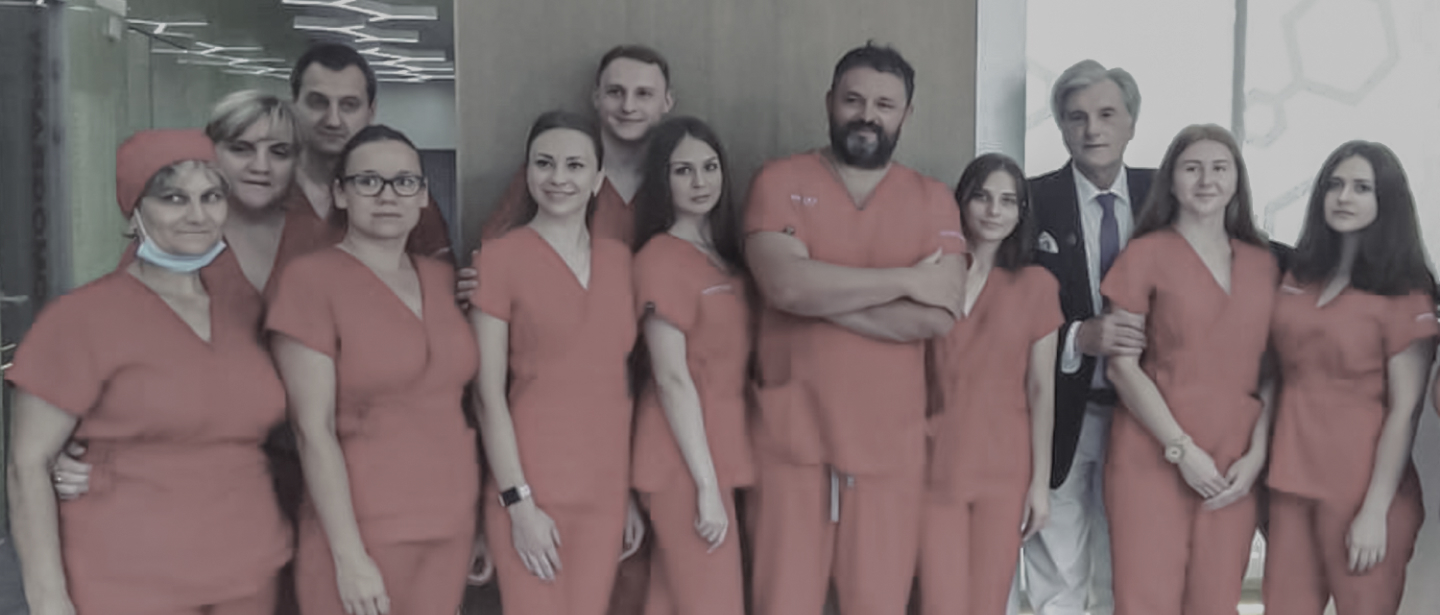
Years of experience
Patients
A modern clinic in the center
Successful operations
Unique surgical techniques
Branch of surgery
Units of the latest equipment
Charitable surgical assistance




We provide the entire sector of services for the treatment of the consequences of combat injuries of the: head, neck, upper limbs, lower limbs and trunk.
We actively cooperate with military hospitals of Ukraine, we attract foreign specialists.
We carry out surgical interventions for the personnel of the Armed Forces at the expense of financing operations by charitable foundations, with which we conduct active work.
We perform all surgical interventions and treatment of the consequences of combat injuries in accordance with the protocols and standards of the Ministry of Defense and Ministry of Health of Ukraine.

As a result of combat trauma, disruptions in the structure and function of various organs may occur, posing a threat to life:
Primary diagnosis, first aid and, if necessary, and resuscitation are provided as soon as possible after getting an injury, and further surgical treatment is carried out at the stages of evacuation of wounded soldiers.
After healing of combat injuries, there may be residual changes in the form of scars, muscle contracture, etc



The clinic of the Valikhnovski Surgery Institute in Kyiv is specialized in the following conditions resulting from a combat injury:


shrapnel wounds of the soft tissues of the upper extremities
shrapnel wounds of soft tissues of the lower extremities
shrapnel wounds of soft tissues of the face
shrapnel wounds of the soft tissues of the neck
cicatricial deformation of the upper limbs as a result of a combat injury
cicatricial deformation of the lower limbs as a result of combat trauma
foreign bodies in the upper extremities
foreign bodies in the area of the lower extremities
cicatricial deformation of the face due to a combat injury
cicatricial deformation of the neck due to a combat injury
cicatricial deformation of the upper limbs as a result of a combat injury
cicatricial deformation of the lower limbs as a result of combat trauma
open injuries of soft tissues
contractures of soft skin tissues
post-traumatic surgical sutures that require correction
post-traumatic surgical deforming scars
injuries of soft tissues
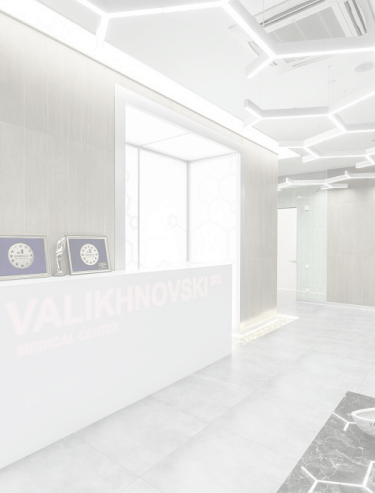

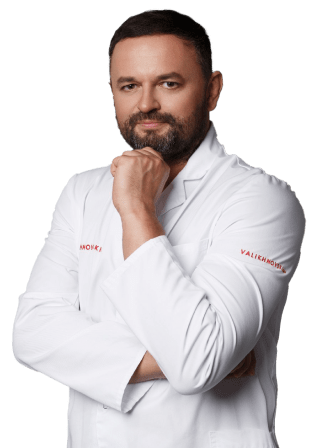




surgical treatment of shrapnel wounds of soft tissues of the upper extremities
surgical treatment of shrapnel wounds of soft tissues of the lower extremities
surgical treatment of shrapnel wounds of soft tissues of the face
surgical treatment of shrapnel wounds of soft tissues of the neck
correction of cicatricial deformation of the upper limbs due to a combat injury
correction of cicatricial deformation of the lower extremities due to a combat injury
removal of foreign bodies from the area of the upper extremities
removal of foreign bodies from the area of the lower extremities
removal of cicatricial deformation of the face due to a combat injury
elimination of cicatricial deformation of the neck due to a combat injury
removal of cicatricial deformation of the upper limbs due to a combat injury
removal of cicatricial deformation of the lower limbs due to a combat injury
surgical treatment of open injuries of soft tissues
contractures of soft skin tissues
correction of post-traumatic surgical sutures
correction of post-traumatic surgical deforming scars
local conservative treatment due to injuries of soft tissues
physiotherapeutic treatment due to injuries of soft tissues
laser scars polishing


in the case of taking any drugs, inform the doctor about it and agree with him (it may be necessary to limit them or change the dose, regimen)
for a few days before the operation, follow a gentle diet, water-drinking regime; if there is constipation, take laxatives, use enemas and do not drink alcoholic beverages – so that the body reacts more adequately and predictably to anesthesia and other drugs
refrain from eating for 6–12 hours before the operation, and for 2–4 hours also do not drink, do not use chewing gum, do not smoke – to prevent stomach contents from entering the respiratory organs during anesthesia, etc.
on the day of the operation, take a shower, cleanse the intestines with an enema – so that during anesthesia, due to the relaxation of the sphincters, feces do not come out involuntarily
immediately before the operation :
removable objects (piercing jewelry, prostheses) should be removed from the oral cavity and face – so that during the operation they do not accidentally enter the respiratory organs or interfere with the surgical intervention; remove other items (contact lenses, hearing aids, jewelry, etc.) – so that they do not accidentally injure the body and do not get spoiled; cosmetic products (makeup, nail polish, artificial nails) should be removed from the body – to facilitate visual assessment of the body's condition and automated registration using medical equipment; empty the bladder and, if necessary, the intestine – so that this does not happen involuntarily during anesthesia; changing into special clothes, which are given in the clinic, etc.
Addition, other preparatory measures may be carried out taking into account the individual characteristics of the organism and the specifics of the surgical intervention
In the emergency conditions of a combat injury, of course, it may not be possible to thoroughly prepare for a relatively long period.

The main stages:



to the operating room on a gurney or escorted on foot. In the airlock room, a medical cap and shoe covers are put on (to prevent microorganisms from entering the air of the operating room).
an operational team of a certain composition, taking into account the specifics of each operation.
(depending on the specifics of the operation, the position of the body may differ), fixed to it with special straps.
on the hand, installs a catheter to administer the necessary drugs, installs electrodes on the body to monitor the electrical activity of the heart, puts a tonometer cuff on the shoulder, and a sensor to determine the oxygen content in the blood. All this is necessary for continuous monitoring of the body's condition during anesthesia and surgery.
on the specific task, the part of the body on which the intervention is carried out, corresponds to the features of the selected surgical tactics, technique, etc.

After surgery, the patient wakes up in the ward for postoperative observation. If necessary, oxygen can be supplied through a thin tube to provide the body with a sufficient amount of oxygen. The nurse will carefully monitor the condition of the body and, if necessary, apply drugs agreed with the doctor.
Before returning home, the doctor of our clinic will examine the postoperative sutures, agree on the tactics of further rehabilitation, and give additional advice.





Combat surgical trauma includes combined injuries; gunshot injuries (bullet, shrapnel, mine-explosive injuries, explosive injuries) and non-fire injuries (non-fire mechanical injuries, non-fire wounds); damage by thermal (burns), chemical radiation and other impressive factors; combined injuries.
The duration of surgical treatment of shrapnel wounds of soft tissues depends on the nature, severity, location, number and type of shrapnel, etc. and lasts from a few minutes (for mild local damage) to several weeks and even months (in case of severe polytrauma).
Possible complications after surgery of gunshot injuries operations include bleeding and thrombosis, infectious and inflammatory conditions, postoperative defects, etc. Thorough preparation for the operation, highly qualified and experienced medical staff, modern high-tech equipment and coordinated work of the medical team and other staff of the clinic minimize the risk of complications.
Contraindications to surgical operation are conditions, the severity of which critically increases the risks of surgical treatment, for example, infectious, mental, gastrointestinal, diseases, etc.
Laser grinding of scars after trauma can be done after complete healing.


